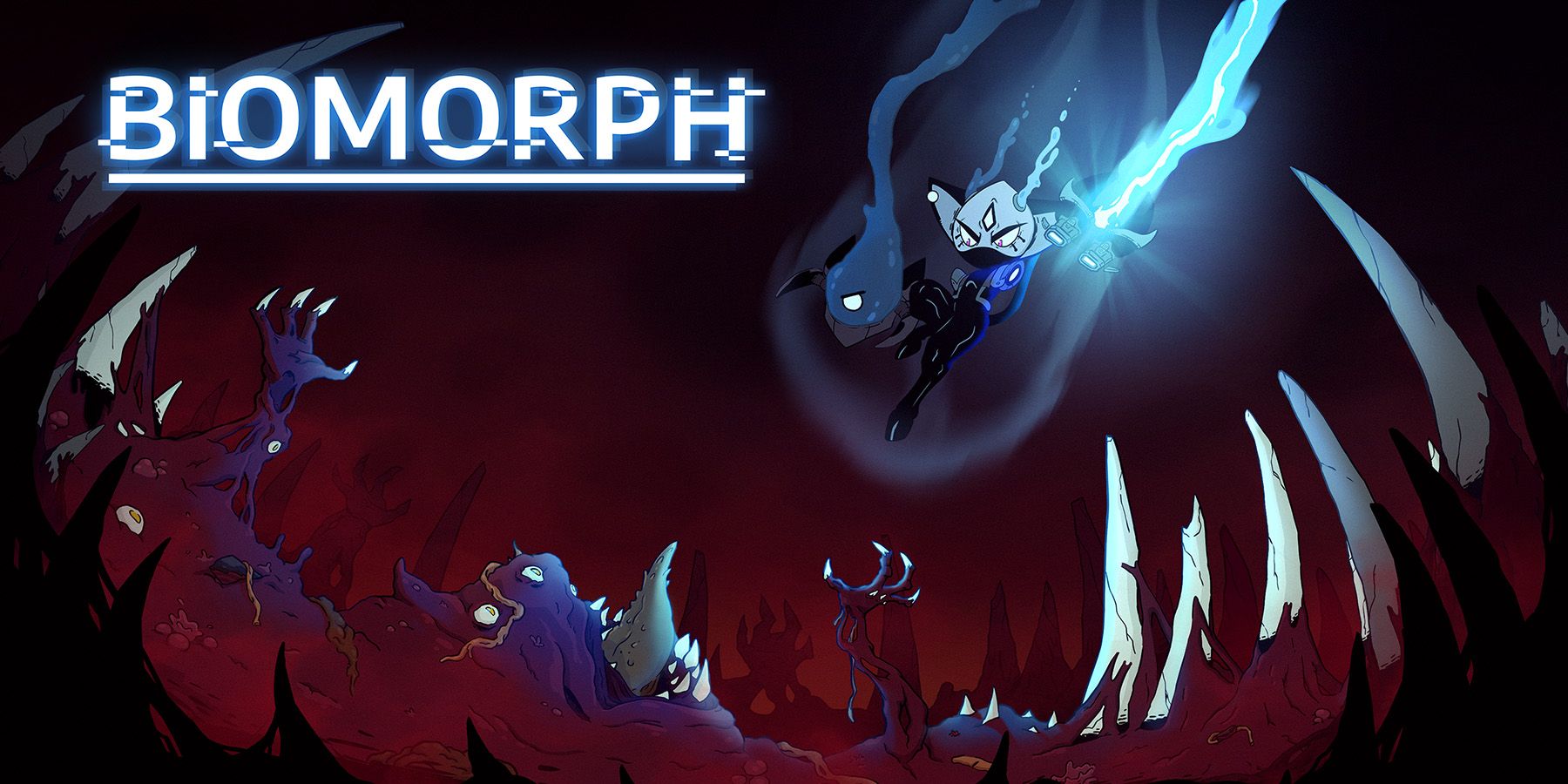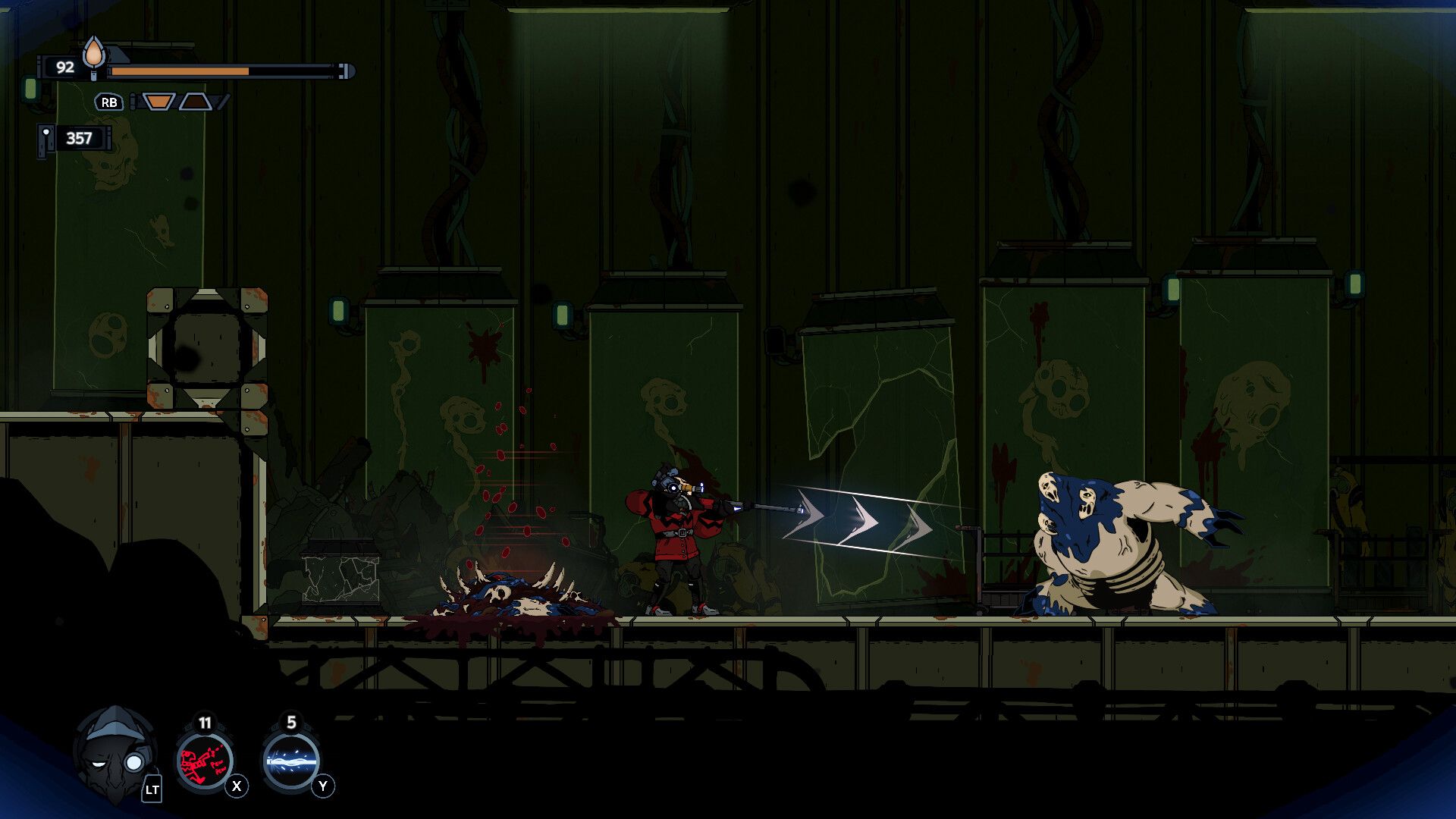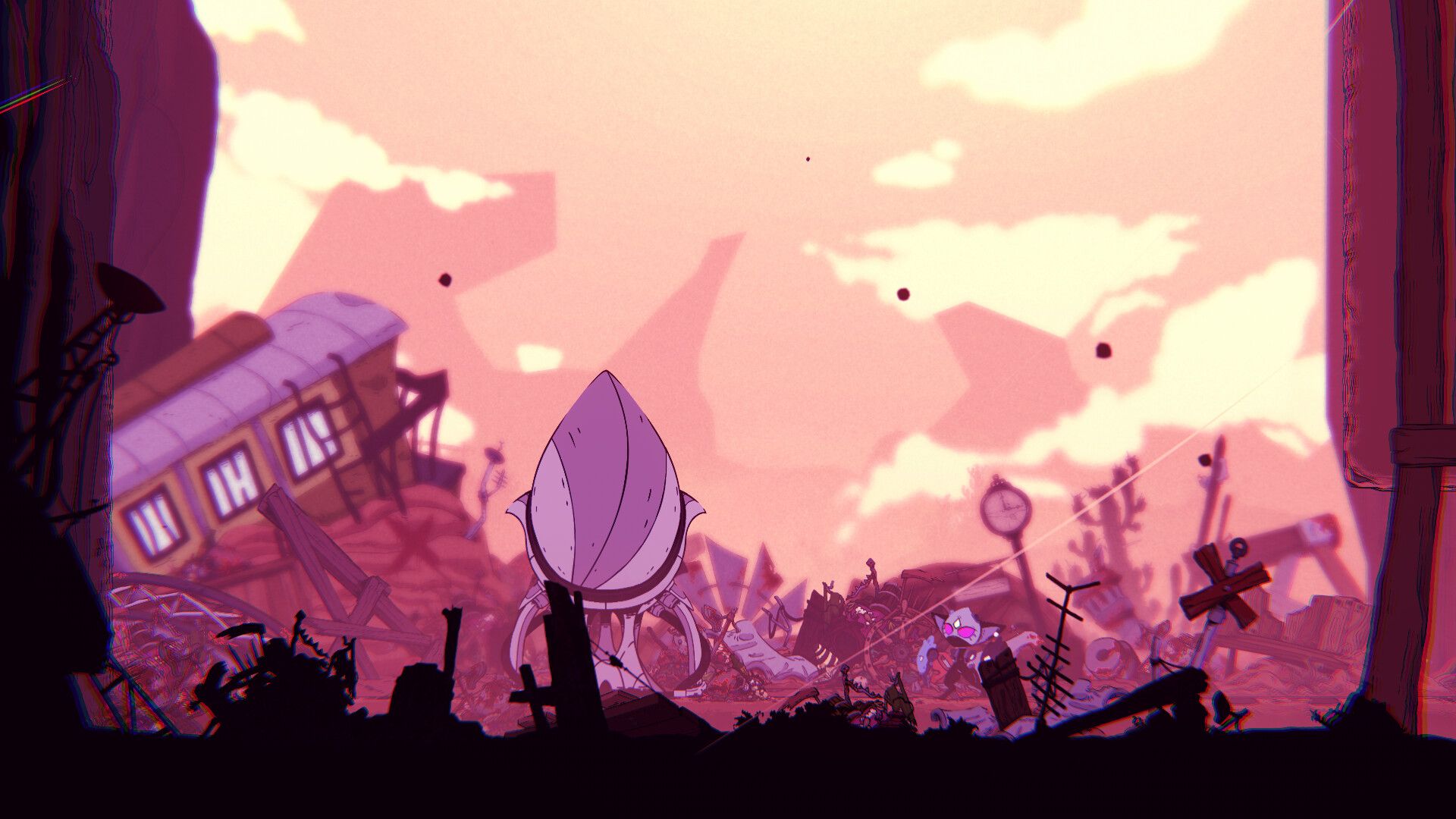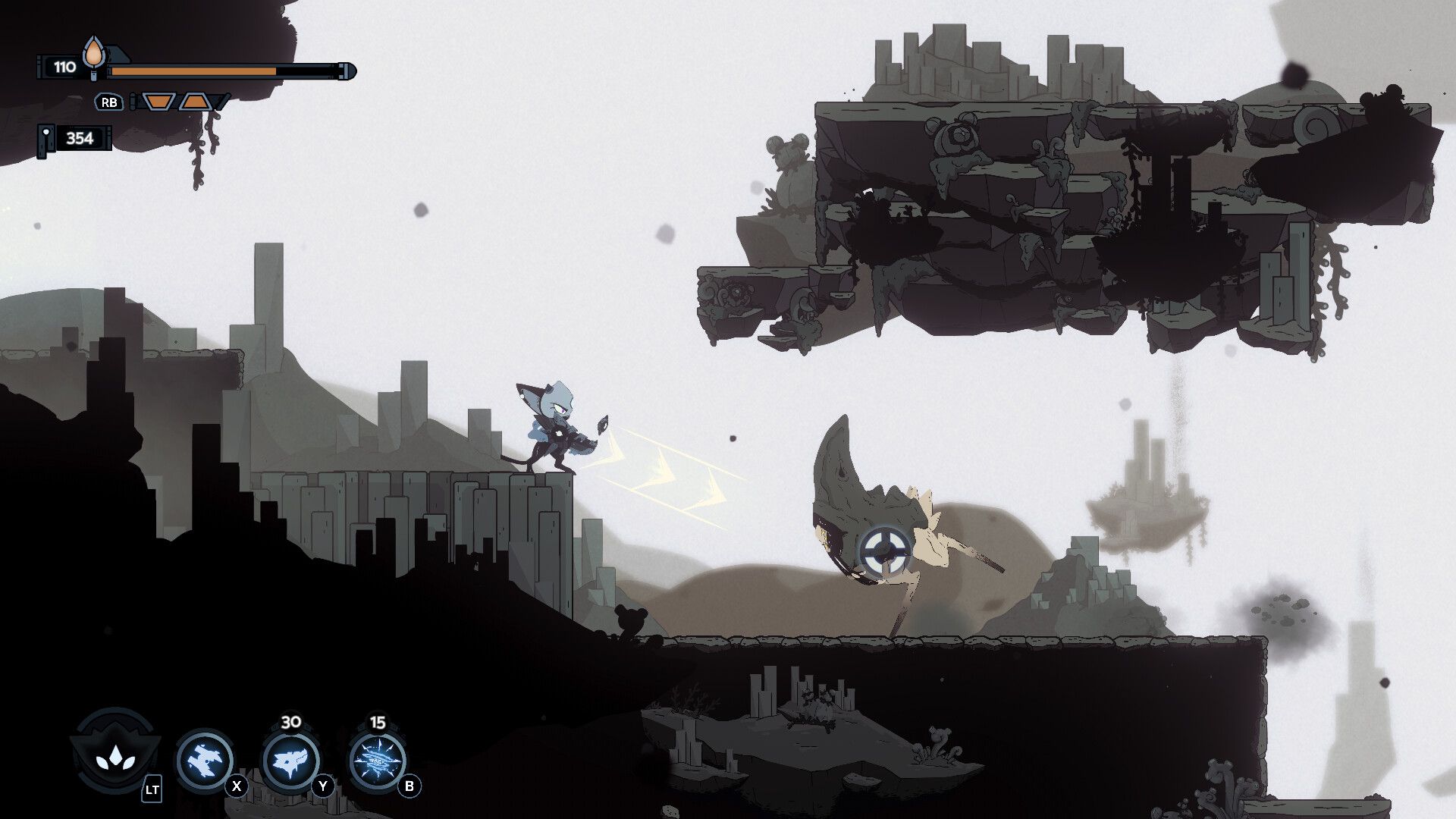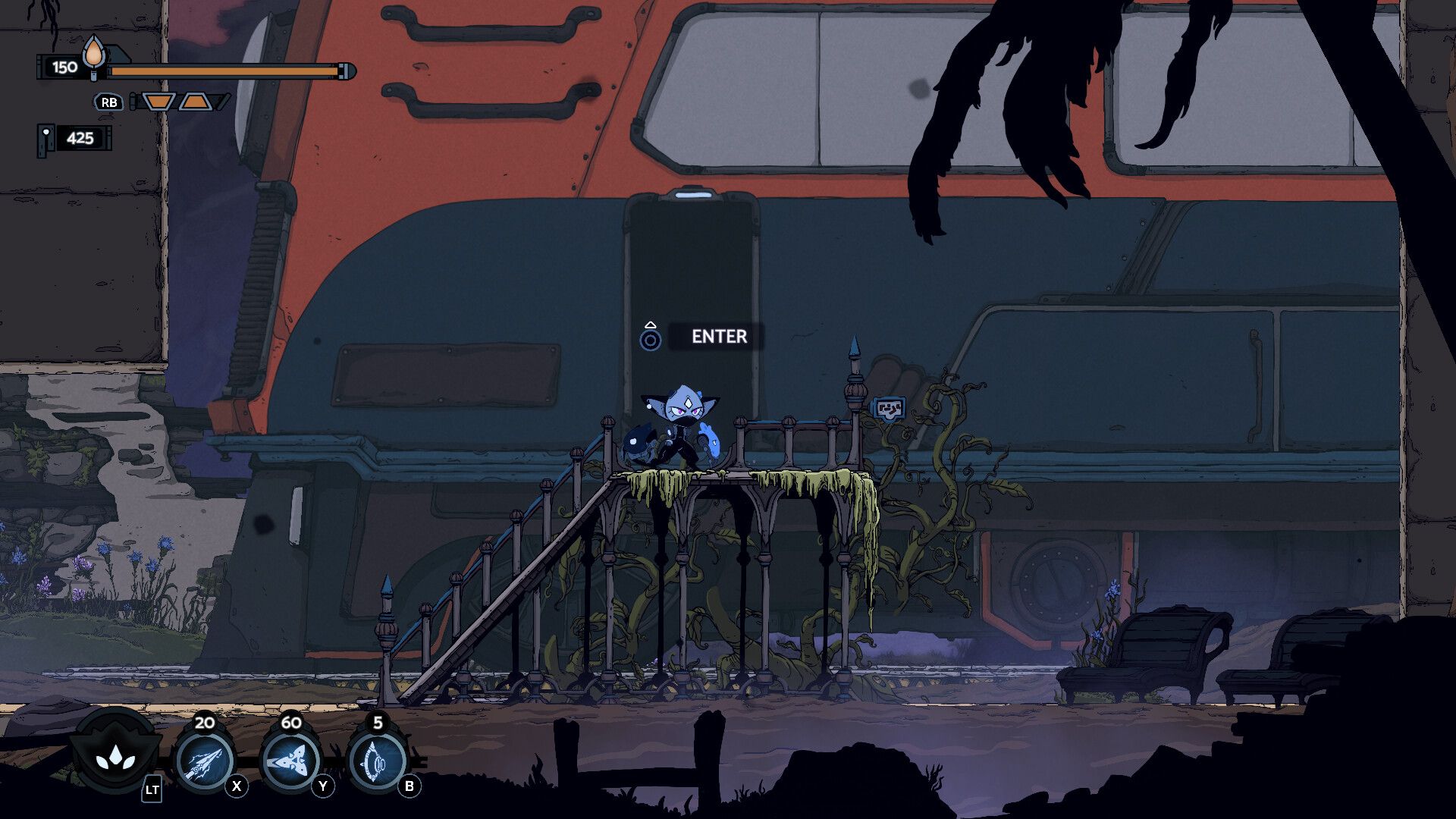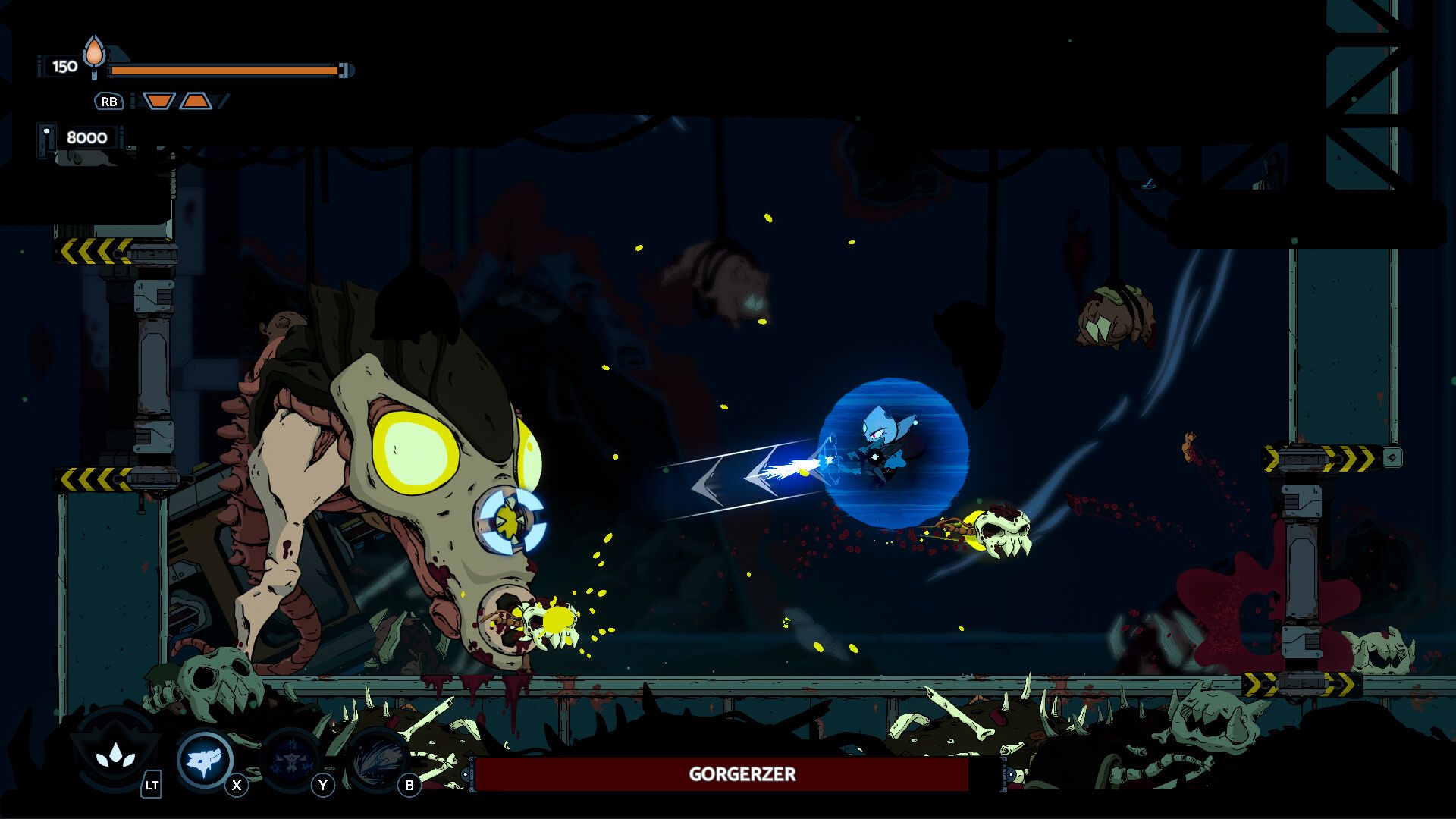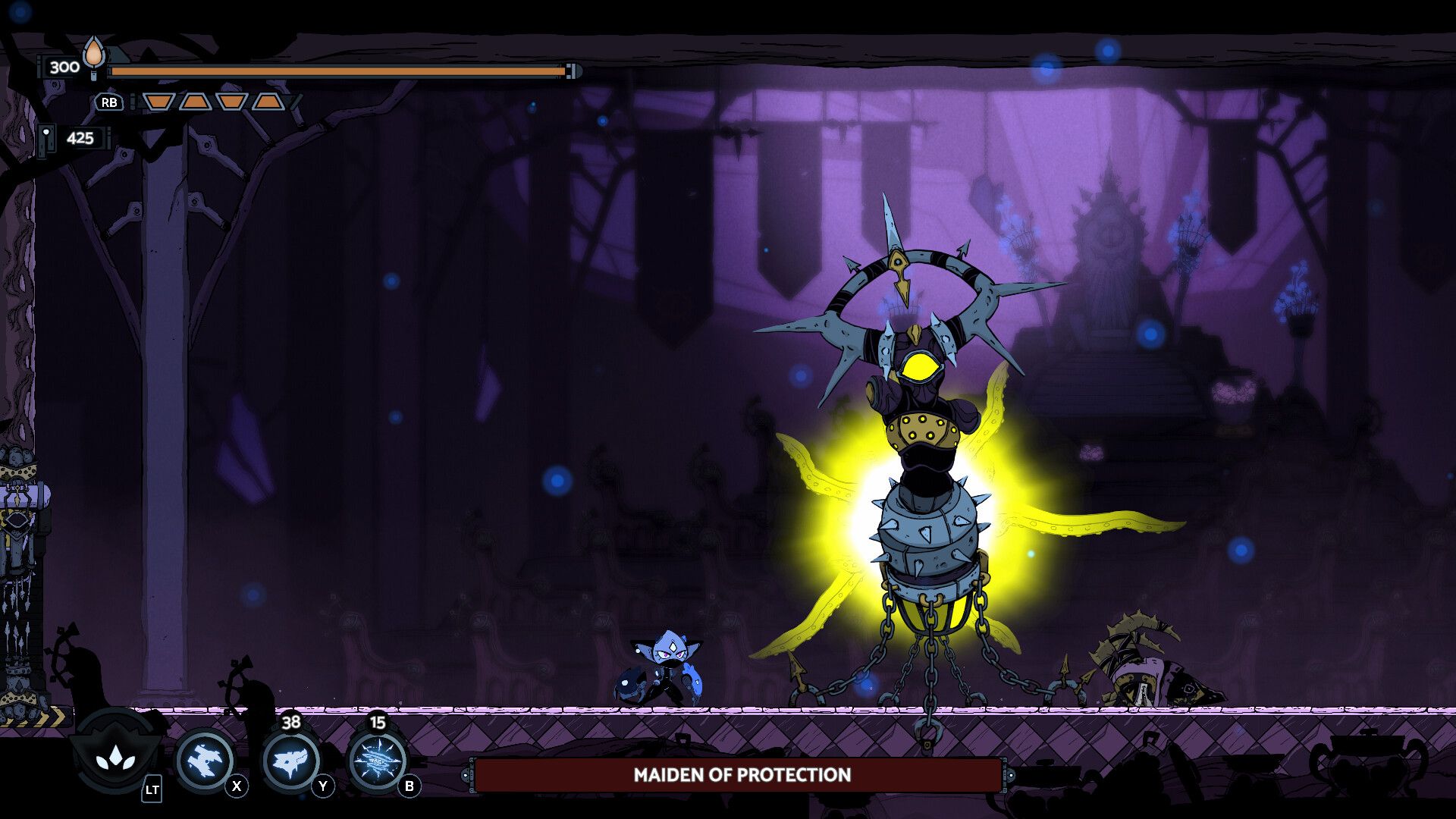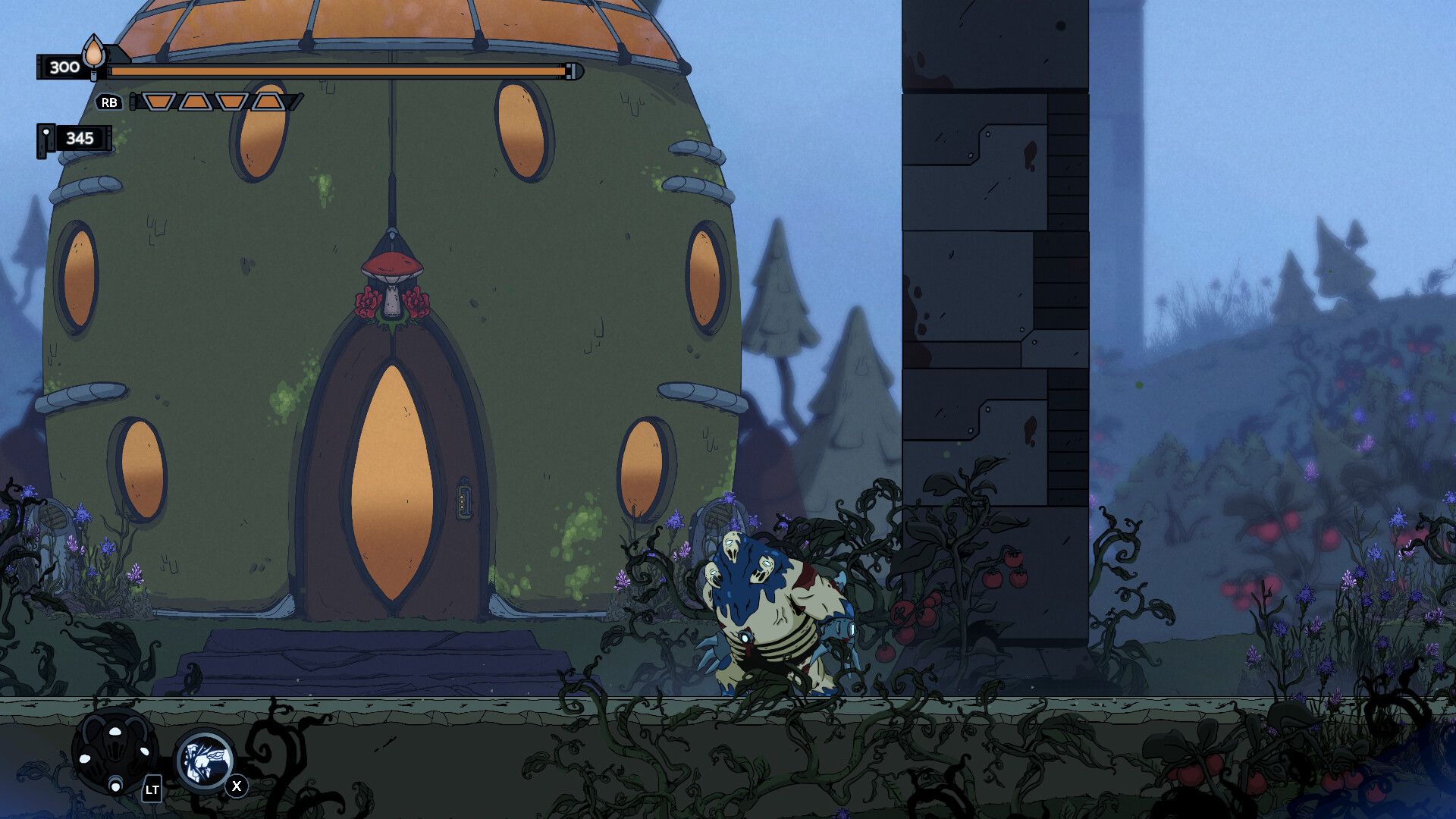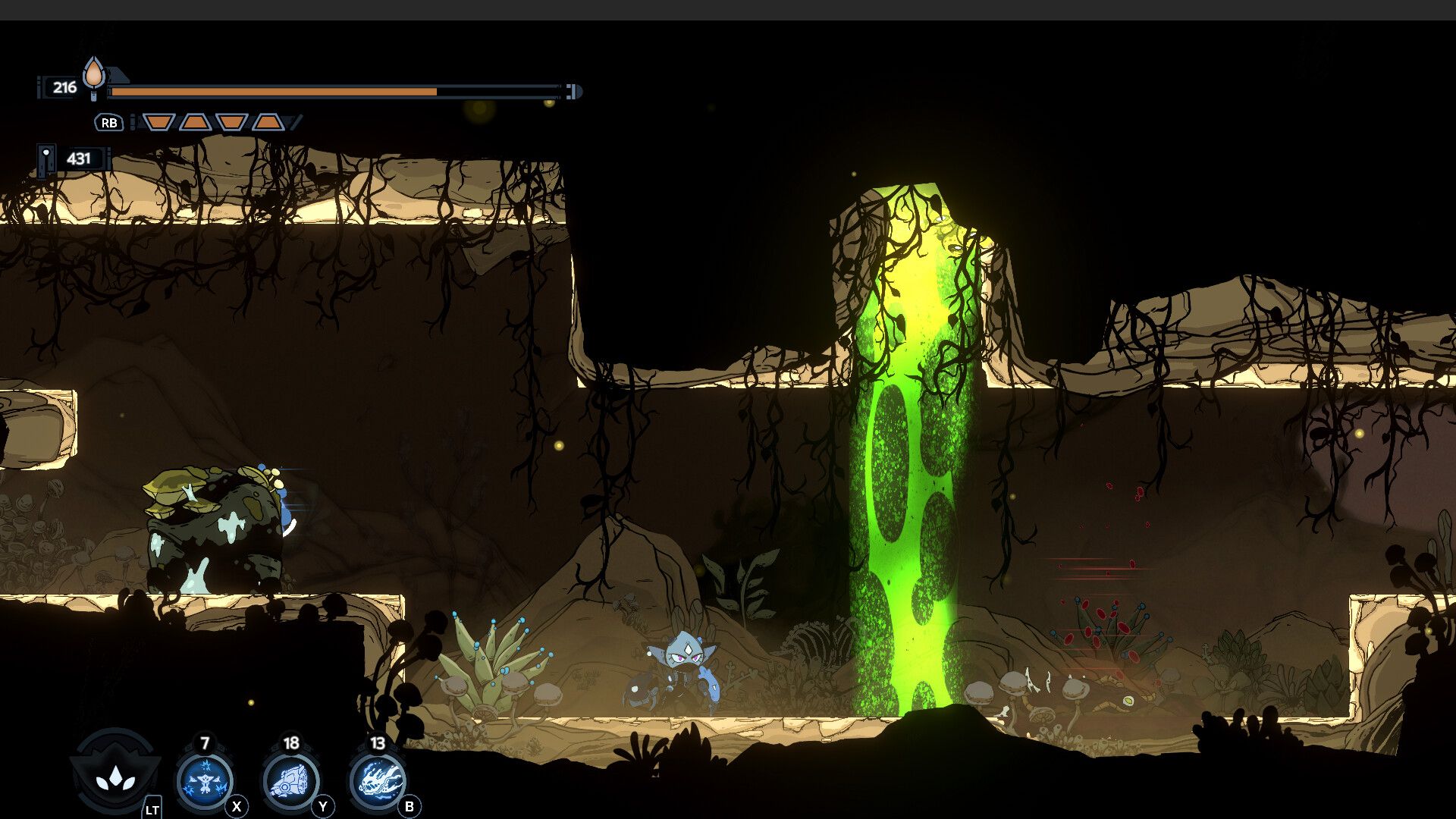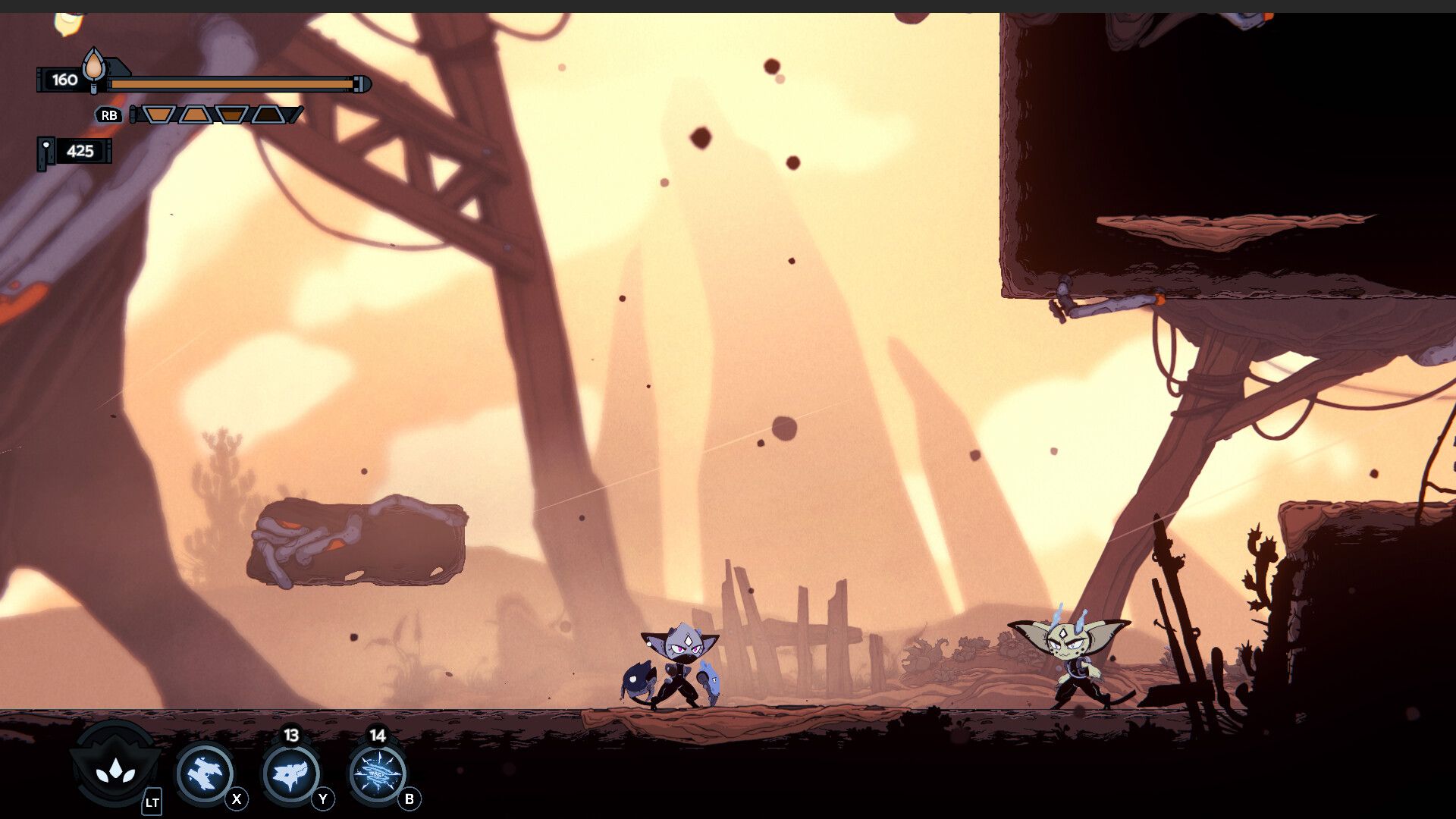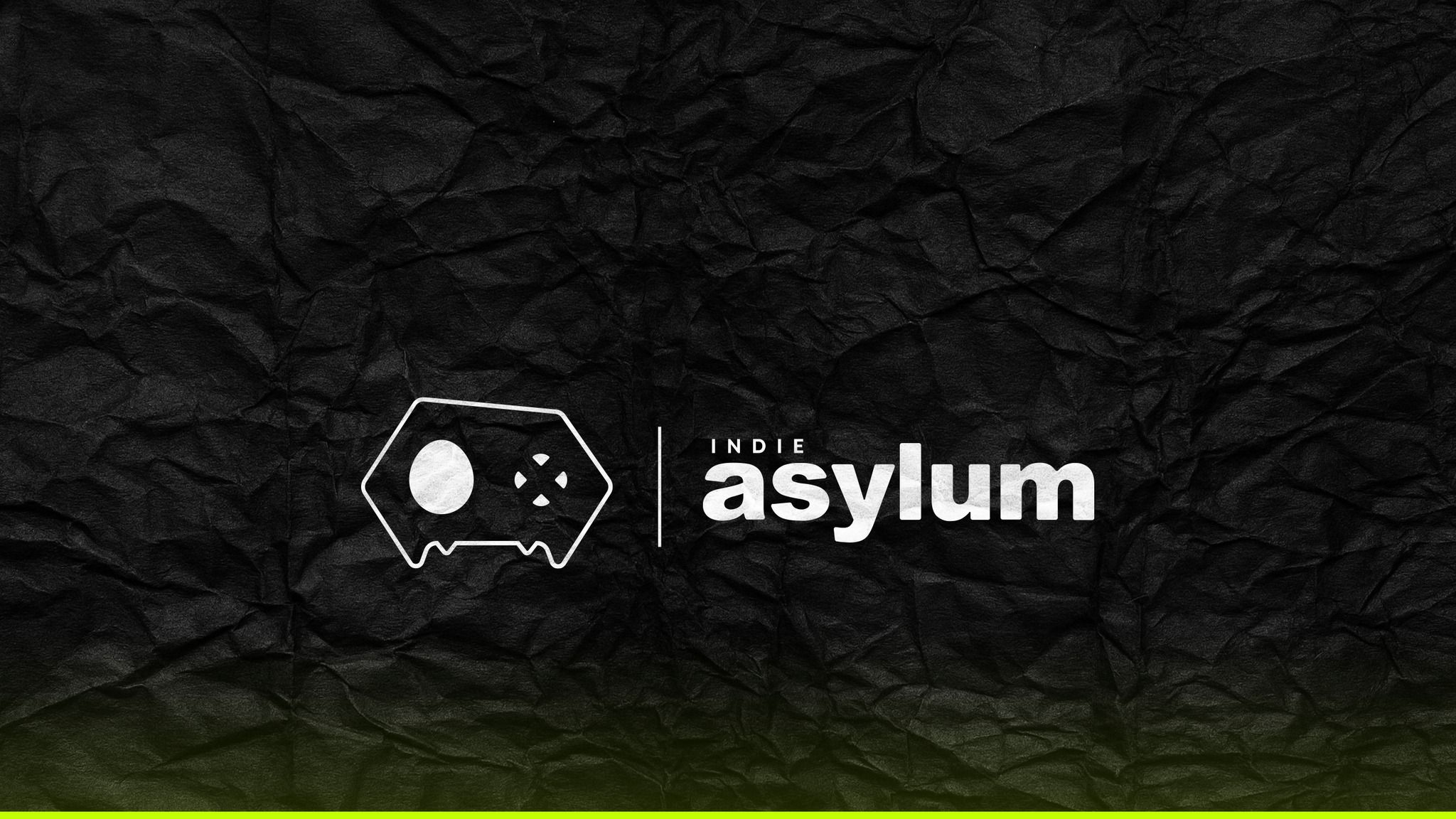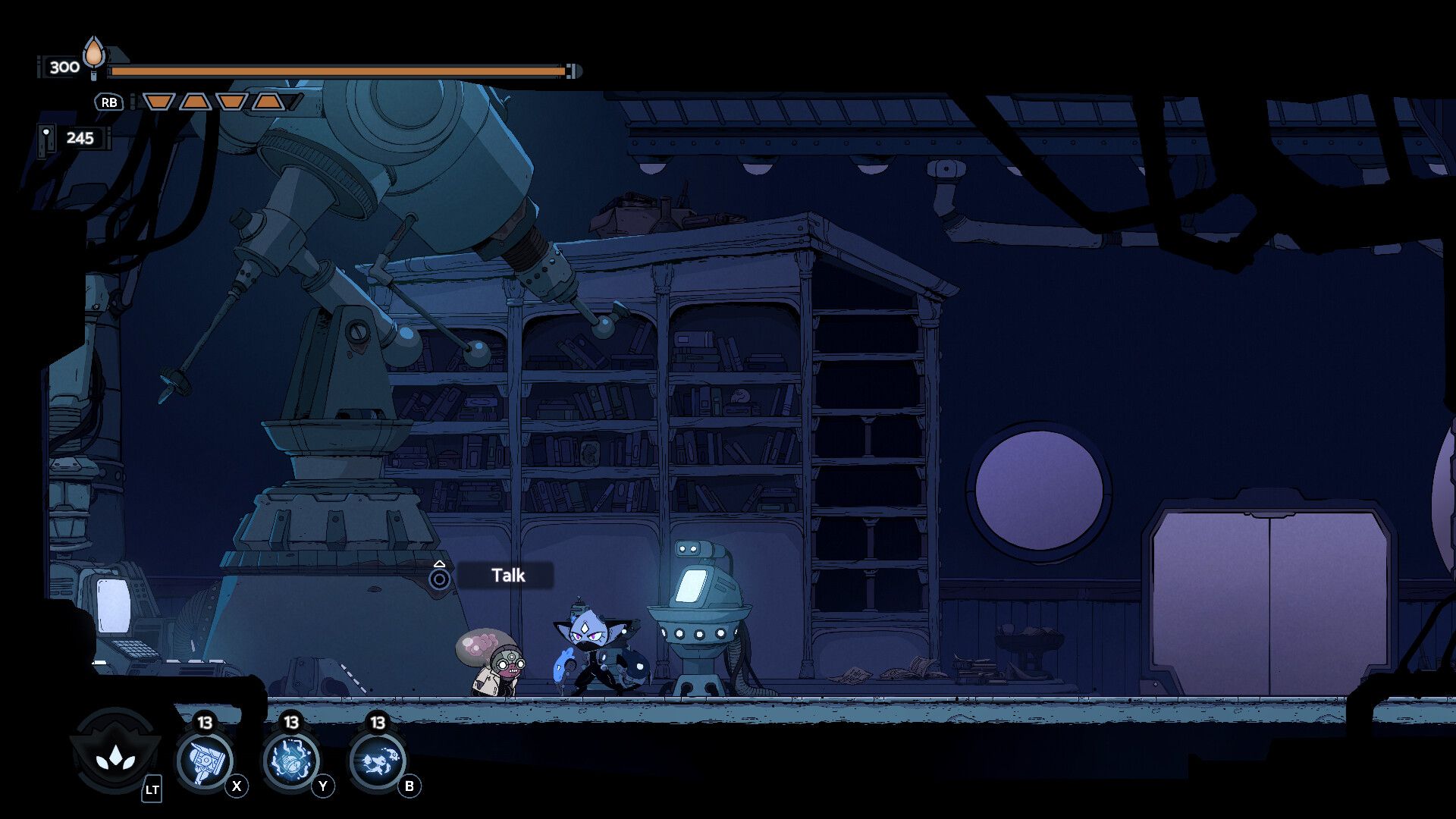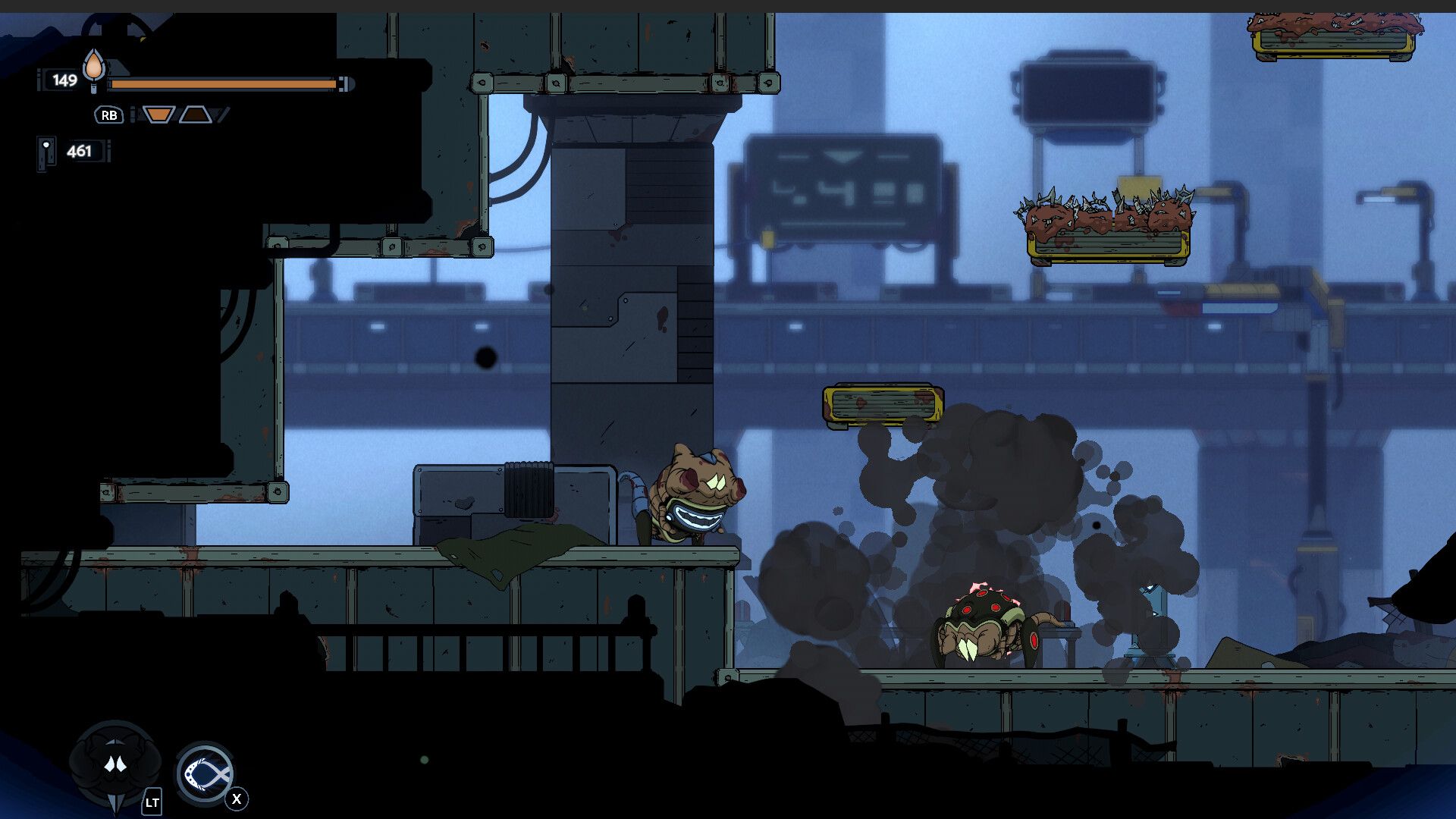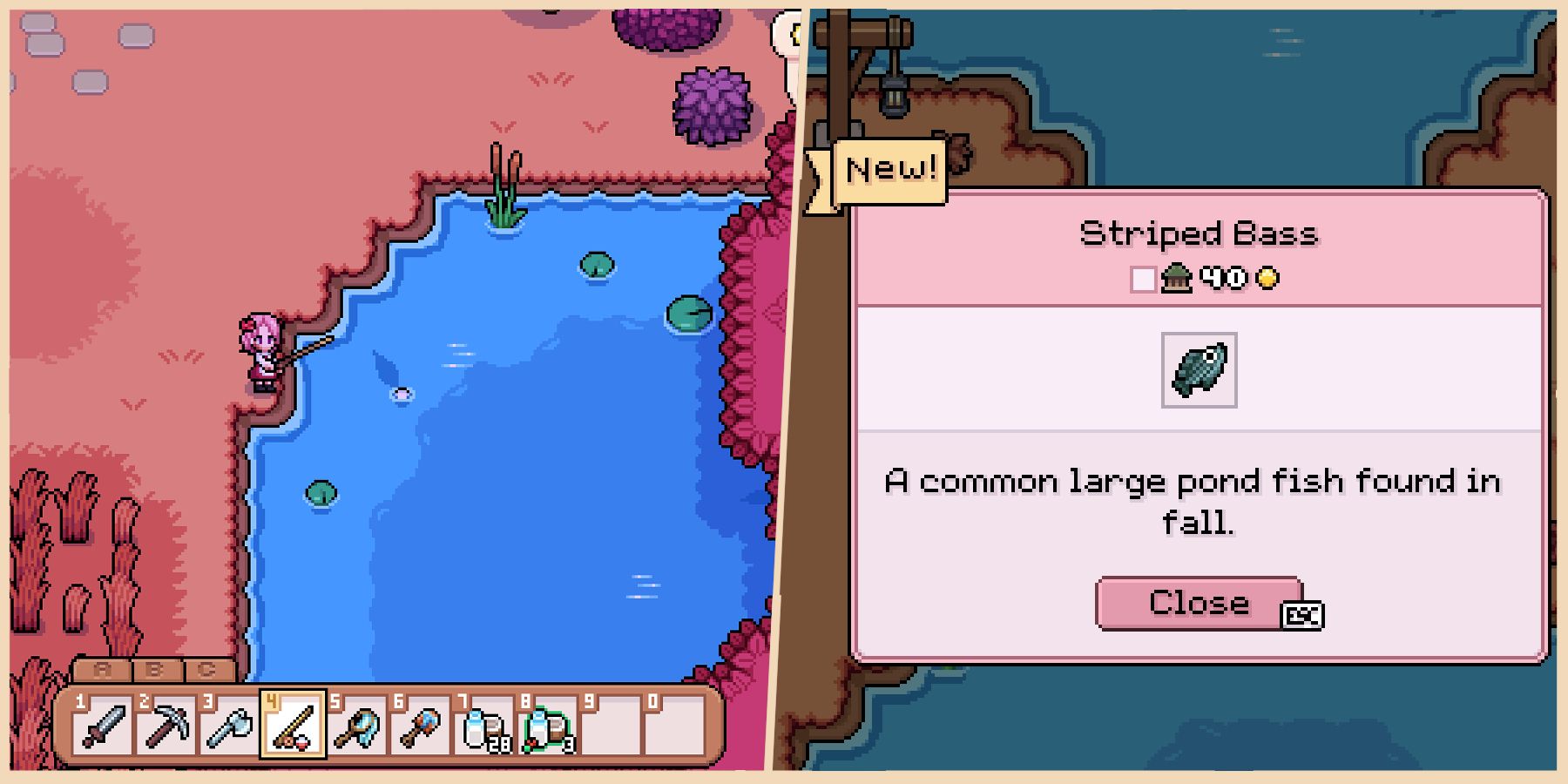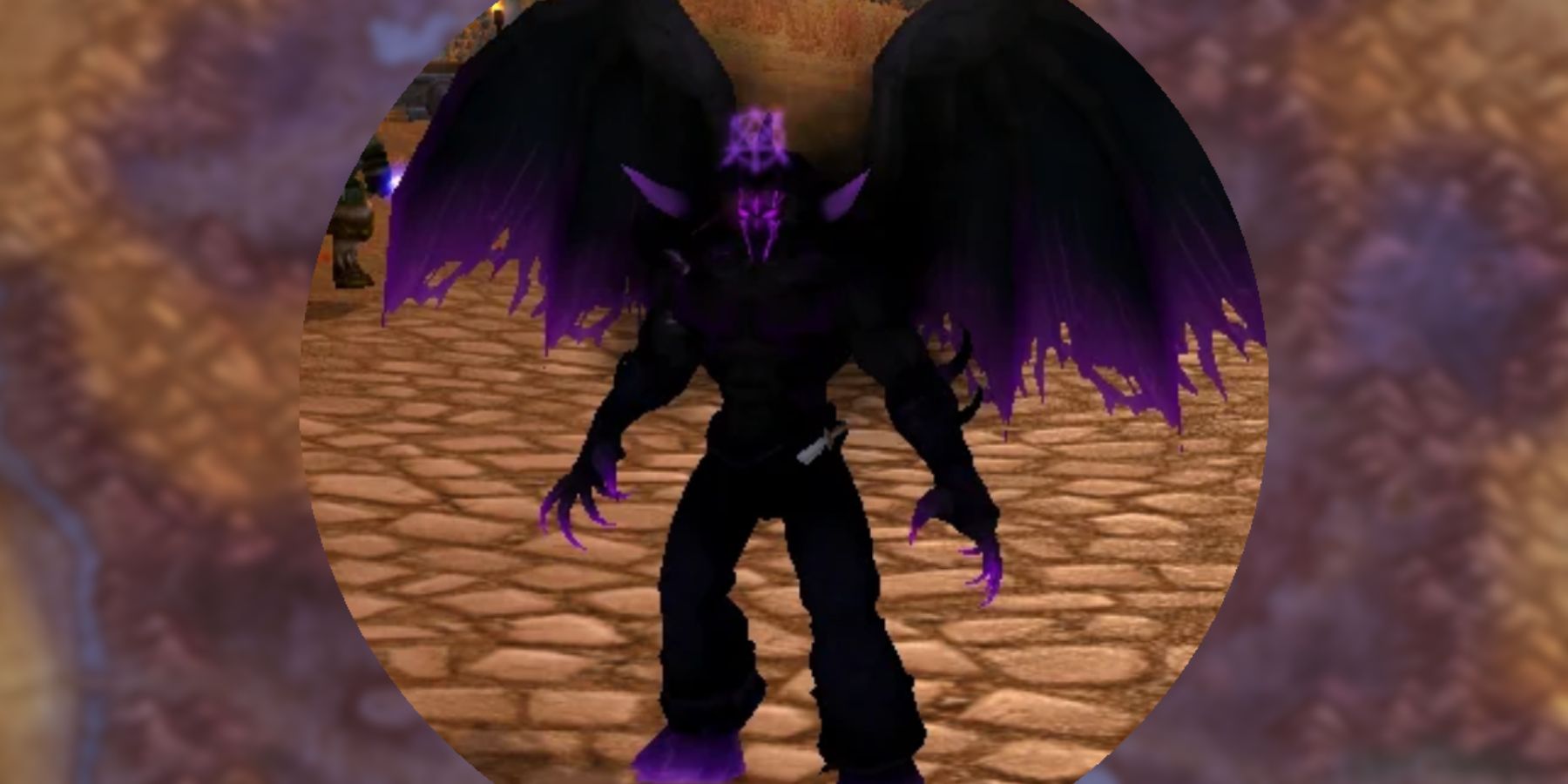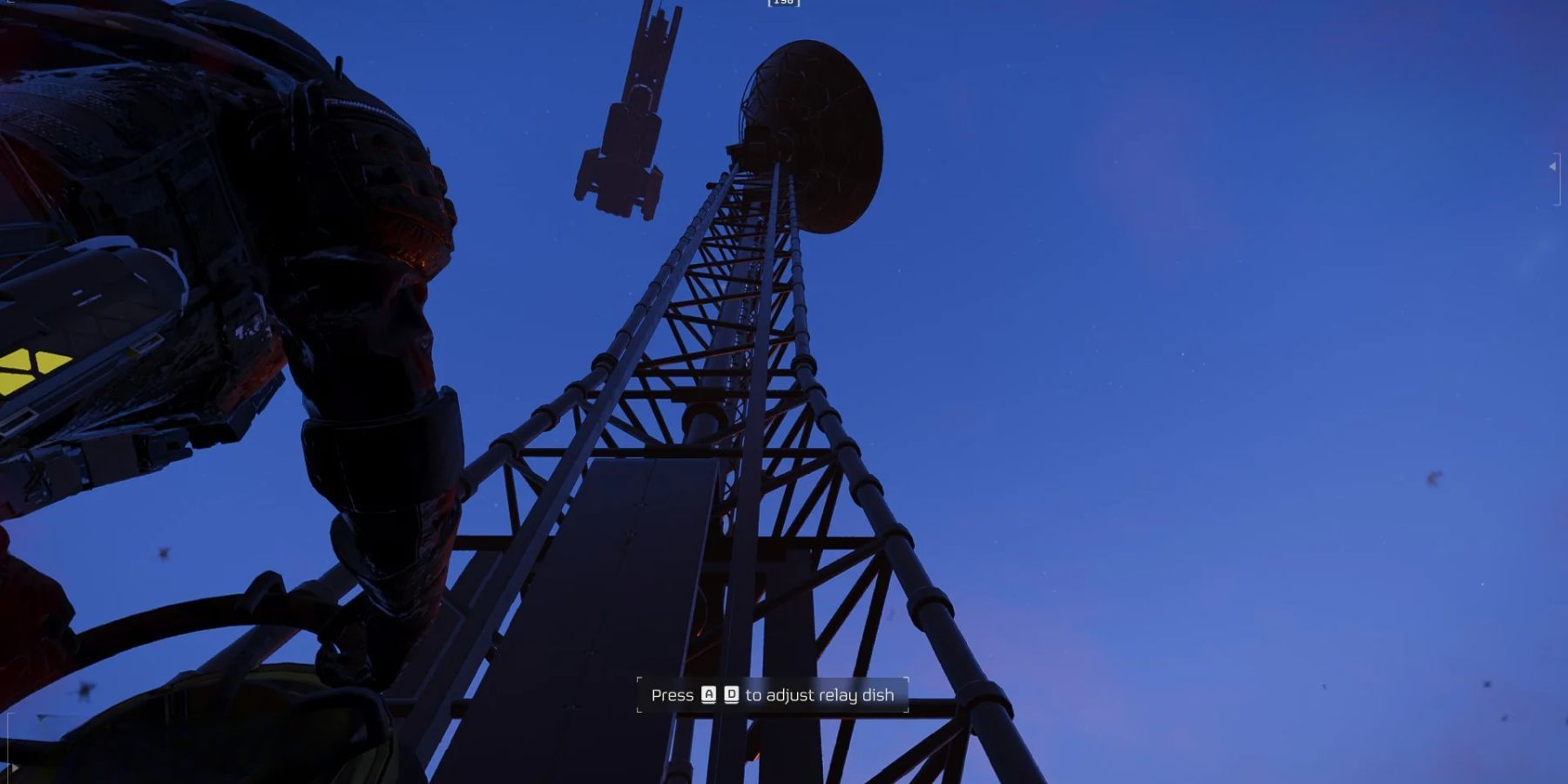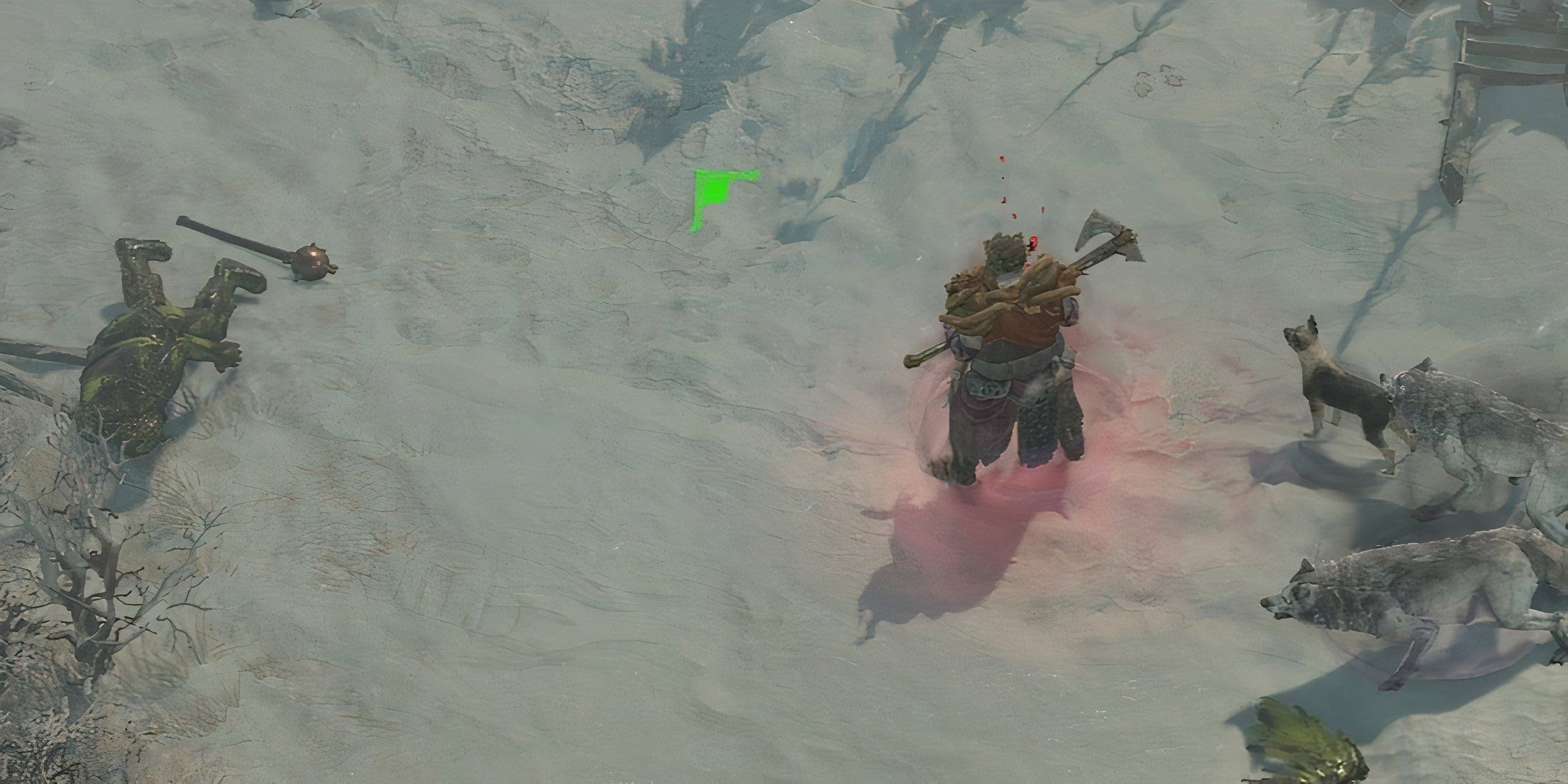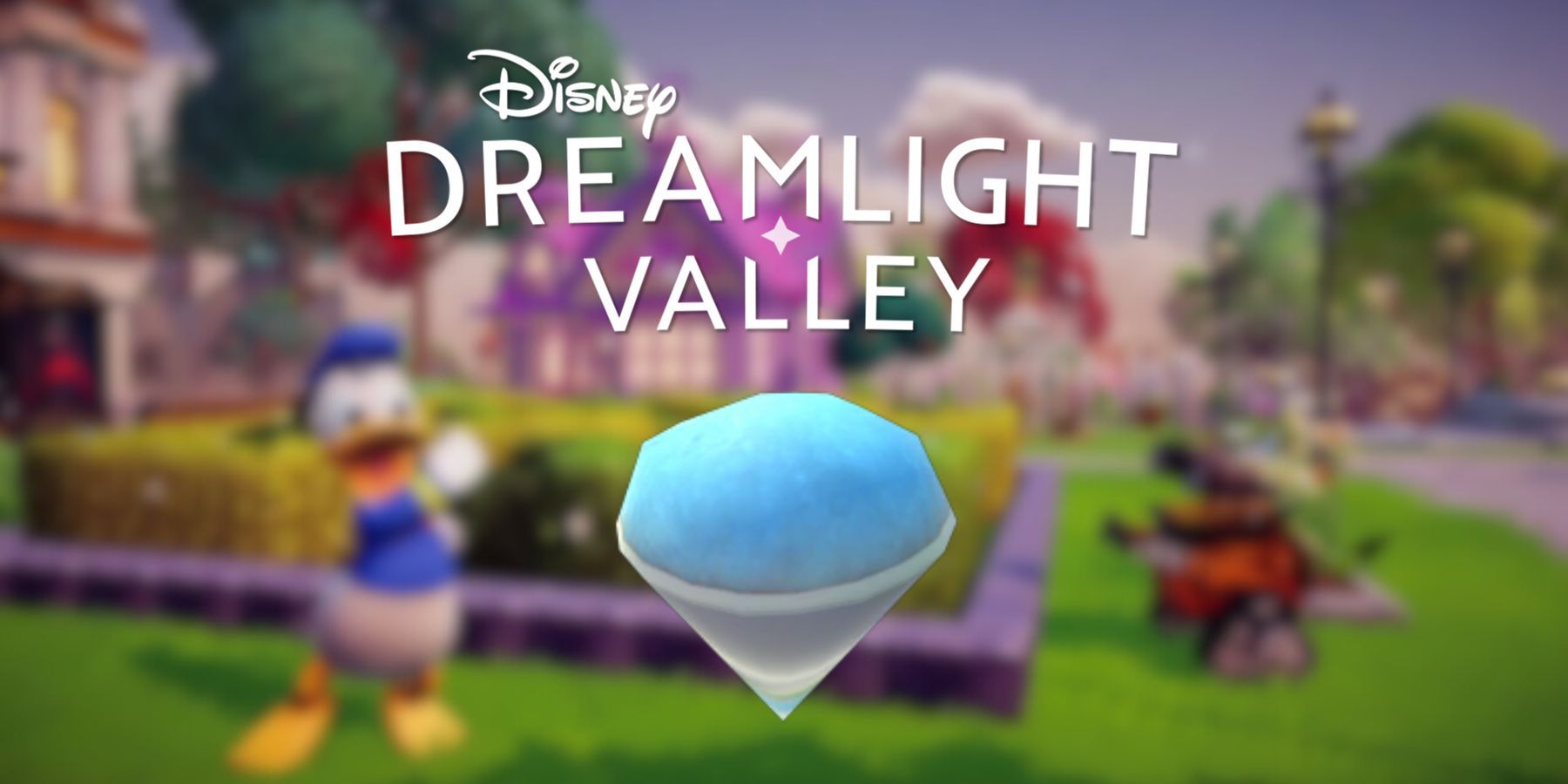As the Metroidvania genre continues to surge in popularity, it’s increasingly important for newcomers like Biomorph to stand out from the crowd. The Montreal-based indie developers at Lucid Dreams Studio seem to have pulled this off thanks to a unique twist on the formula: combining Kirby’s power-absorbing mechanic with Metroidvania ability-gating. Thanks to the Pokemon-like desire to collect monster powers and try them out, Biomorph‘s core mechanic is a smart idea that alters the relationship between the player and their enemies.
Game Rant recently sat down with Lucid Dreams’ co-founders Maxime Grégoire and Francis Lapierre to discuss the team’s approach to the game given its unique premise. Along with revealing some of the challenges they encountered during development, they also gave their thoughts on the trend toward Dark Souls-style difficulty in Metroidvania games and how they wanted Biomorph to be more accessible. This interview has been edited for brevity and clarity.
Biomorph: How To Beat Gorgerzer
Gorgerzer is the first real challenge players will face in Biomorph. Here are some tips on how to come out on top.
Q: How do you feel about the feedback so far now that Biomorph has gotten into players’ hands?
Lapierre: I think what we liked the most is that in most of the reviews that we’ve seen so far is that the vision of the game that we had and what we wanted Biomorph to be is what people feel when they play the game. I think the best thing is when you have a creative vision that you’re able to execute well enough, so people can get the idea you had.
Q: What would you say that vision is that people are seeing?
Lapierre: We wanted to make a Metroidvania with a twist. Something that has never been done before. So the idea we came up with, that Maxime had at the beginning, was to create a game like Kirby or Super Mario Odyssey where you throw the hat, and then you become the monster. So we said, “Well, this seems to be the perfect feature for Metroidvania,” and we didn’t see anybody who did that.
We wanted to make a game where the players still have both. You can play as the main character, or you can transform yourself and all the monsters and play with them, it’s just a huge toolbox and each of those monsters has special abilities or different weapons that you can use in combat or exploration. We wanted a game where you could keep switching between modes to have fun with different approaches, and this is what the feedback we have so far.
This was the main pillar of the game and so far we seem to have achieved that. It was a huge challenge to create a world where people would be able to be any shape, any form, with different jump heights or different speed weapons. It was quite a challenge on the level design side.
Q: How did you approach the enemy design in the game knowing that players would be both fighting them and playing as them?
Lapierre: We’ve improved our method of creation and our process of making the game. Basically, the best way we approached it is that every zone has a theme, a main feature like some mechanics that we want and we wanted every biome to be different. Once we settled on the mechanic, we created the enemies and thought about their shape and what they could do that help create this unique feeling in this biome.
Like you said, since the player becomes the monster and uses the monster’s attacks–with some tweaks of course–we had to be careful to balance the difficulty and the abilities to be fun to fight against, but you’ll want to kill it just to take its shape and see if you do it yourself. So first we started the monster to make them fun, and then we took the monster and ported it to the player and tuned the weapon and abilities to give the feeling of the monster but still feel good as a player controller.
Grégoire: Something else that we had to take into consideration is that we didn’t want creatures to be the same but with a different look in different zones. When we were designing, it was super important to say “Okay, we already have a creature that can send a boomerang, so we can’t use that.” We really need to make sure that the environment that we’re creating is using different elements that we don’t see in other zones. So this is another layer that we have to consider when designing the features.
Lapierre: And Harlo, the main character, has like 20 weapons that you can upgrade, and all of those weapons we tried as best as we could not to overlap with abilities from the monsters. So, in the end, it’s a big grid like, “Okay, we haven’t done that and that with this move” to make sure everything is unique.
Q: Did you come across any unforeseen challenges when working on the monster mechanics? Things that you didn’t realize were going to be a problem?
Grégoire: Yeah, there were some. At one point, we were not transforming into creatures, we were getting weapons based on the creatures. But it was weird because some creatures would not give weapons, and it was quite complicated. This is a major problem that we had. So we thought at some point, “Well, we need to have an arsenal where you can equip the monster and become these creatures, and also you have your own weapon.” Because otherwise, it was a major pain.
Lapierre: This is an important point. At first, we decided that just to control the level design, just to be able to make the game, we’ll let you become the monster, but you’re only the monster in that room. We did the game like that originally, and after we started playing we were like, ”You know, the first thing reviewers will write is that this is a missed opportunity. Why can’t I transform myself into monsters whenever I want?”
We had a really good reason why: it’s because it’s really, really hard to do. But we said “This is not a good enough reason. Let’s buckle up and try to do it.” Everybody went back into the old world and made sure that you could be any monster everywhere. It was a tremendous effort to pull this off, and we did it the best we could. And in the end, the game is better because it’s really what we sell: we say it’s a game where you can become your enemy and, well, you can become your enemy.
Grégoire: And that mechanic is called biomorph which is exactly the name of the game, so it made sense for us to make sure that the biomorph mechanic is satisfying.
Lapierre: Another challenge that we had that we didn’t see coming but quickly became apparent is that we made the game with contact damage. You always have two choices: you have damage on contact or just from attacks. Contact damage works well in Hollow Knight because it’s simple to understand, and you can create fun patterns. It works well when you have one shape, one character.
But in Biomorph, you can have bigger monsters, and smaller monsters, so the damage on contact with the touch distance was challenging to pull off because with big monsters, we had to add bonuses to the touch distance so they’d clear enemies because they have a bigger hitbox. So, combat was complicated to pull off and to bring to a state where you can have actual fun with all the monsters without feeling too constrained.
I thought it was a great idea to have the monsters briefly transform into Harlo when they dash so the hitbox and distance always feels consistent.
Lapierre: This was something that we’ve improved when developing the game because at first only Harlo could wall jump. When you unlock the directional dash in the air, only Harlo could do it. At one point, we said, “You know what? Even if you can go to places you shouldn’t be going, we will just keep the same animation.”
Like you said, the player still feels like Harlo, just transformed. He can still dodge and wall jump. All those things that Harlo does creates unity rather than “Oh, now I have another character I have to completely relearn the controls for.”
Q: How did you approach boss fight mechanics? Was it difficult to avoid instances where players could “cheese” a boss with a particular biomorph?
Lapierre: It is extremely difficult. In our case, like you said, you can have any weapon and any shape. So the way we did it is by first designing it to be fun versus Harlo, because if it’s not fun versus Harlo, then we know that we don’t have something good. But after that, we fine-tuned the hitbox and the pacing of the attacks. We had a grid breaking down the timing of various moves, so it was always working to give you time to complete animations and not be locked in unfairly.
We had to do a pass where we go through all the metrics that we have and make sure the boss complies in timing and challenges with those metrics. At some points, some monsters can be better against some bosses, but it’s a little bit hidden. It’s just because the mechanics are the way they are.
I felt like the Gorgerzer was a good fight. A satisfying Metroidvania boss is when you feel like it’s impossible the first time you die, but then after a few attempts it all clicks.
Grégoire: Just before this interview, I was watching a streamer playing the game and he was at the Gorgerzer fight. I was watching him the first time he encountered it, and he died in like five seconds. So he kept trying and he got it on his fifth time. He took his time, looked at the pattern, and was able to dodge the Gorgerzer dropping from the ceiling and was able to beat it. When he did it he was super happy, but at first, when he died, he was like, “Oh, okay, I think this will be a tough fight.”
Lapierre: All bosses in the game are pattern-based. What we like with pattern-based bosses is, like you said, that you can learn the boss so they won’t pull up something random, and then you just get destroyed because you’re not lucky on the random pattern. So it’s really pattern based. You just take your time, and you can always dodge, and you have some mementos like there’s a shield that you can equip that can tank one hit for free. We wanted to make a game that is not too hard. It’s still a challenge, but we really wanted to make a game where you feel you’ll be able to finish it.
We didn’t want to go the route of a Dark Souls-like game where it’s like “Get good or don’t play our game.” I think some games do that really well, but this is not Biomorph. Biomorph has too many monsters, you can be too many things. If we made the game hard, then we felt that it would just cut down to “Min-max your build because otherwise you won’t be able to kill any bosses.”
4:36
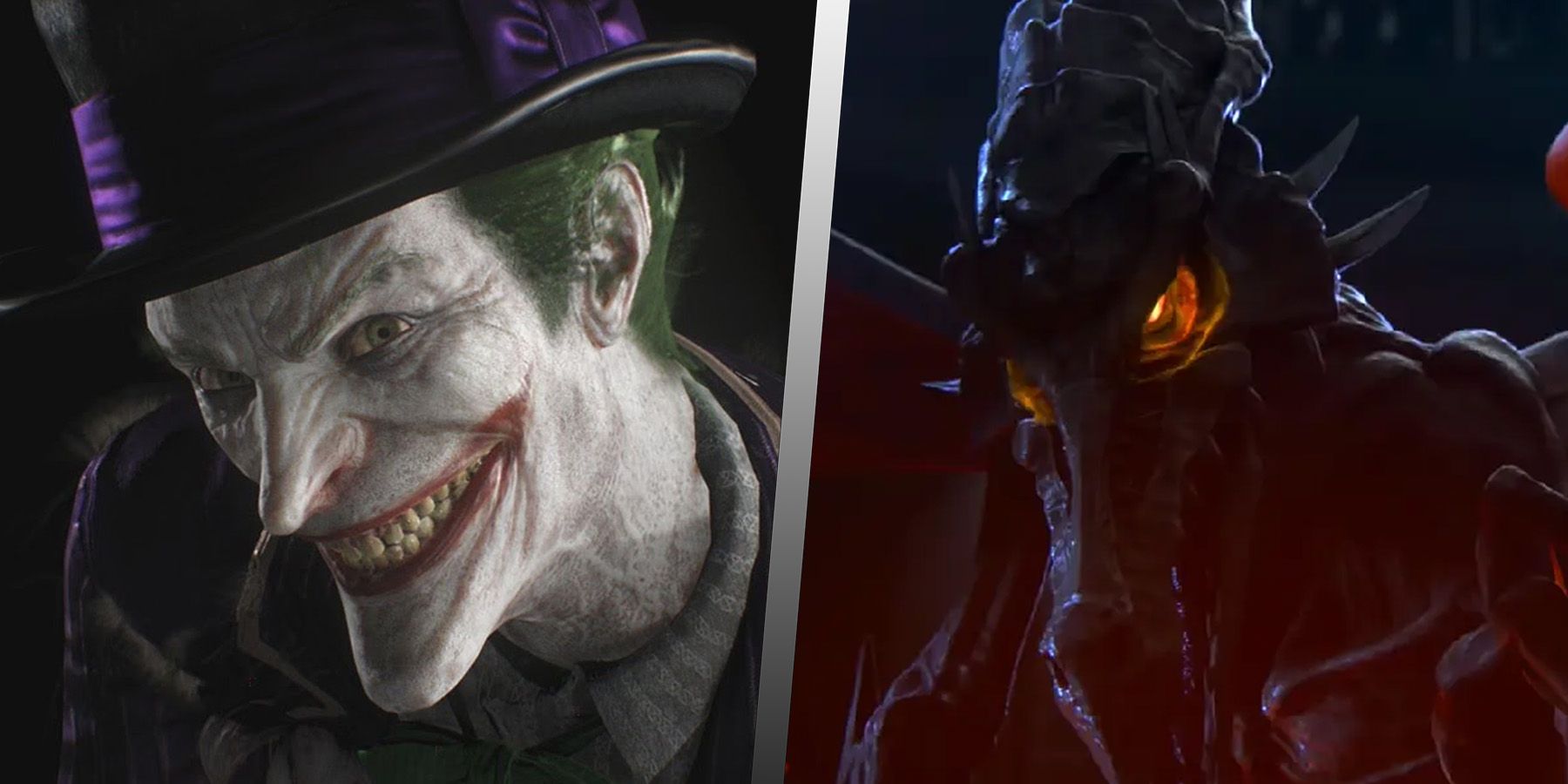
8 Best Villains In Metroidvania Games, Ranked
Although gameplay is king in Metroidvanias, a good story with solid villains is just as important. Here are the most iconic villains from the genre.
Grégoire: When we first announced the game, it was like it would be a Soulslike experience. We wanted that. But when we’re making the game, it was not a Souslike experience. We did our stuff, and we just didn’t want to add more to make it more difficult. So we were like, “Well, we don’t want to present it as a Soulslike game anymore.” Of course, there are some Soulslike elements that you can find.
When you die, you can lose your money and all that stuff. But again, this is not what we wanted.
I think it goes with the trend that we see in the current way players like their Metroidvanias. We saw it with some games that came out like a year ago that were super hard. We played these games, and we were into the communities of these games, and we saw the player saying, “It’s too hard, the boss fights are terrible. I can’t get past it.” We didn’t want that because we prefer that more people can play the game. We don’t want to make it super easy, but we don’t want people to get stuck on a boss and can’t progress further.
Q: How did you approach things like quality of life features? Were you thinking about things that bug you as a Metroidvania player?
Lapierre: We have a rule where we try to make a game where we remove everything the player doesn’t want. We provide a lot of tools that are quality of life, like map markers. Prince of Persia did them with screenshots, and it was great, so we were like, “Well, we want screenshots!” We made sure that for fast travel, you need to upgrade your SAFE, but then the game you’ll have enough upgrade kits to upgrade them all, so you won’t be at a point where you’ve just wasted a SAFE kit, and now you can’t upgrade another one. We balanced the economy, so you don’t have to grind for so long just to have an upgrade. So all those little things that you don’t want to waste your time doing, we don’t want this in the game.
Grégoire: At the same time, we do stuff in a way to help when you beat the game. At that point, when you want to accelerate your completion, you can just select a SAFE where you want to teleport so you don’t have to go back to a previously visited SAFE. These things help people move around faster around the world to see what’s left for them to uncover. I think it’s more fun than thinking that you need to grind to get that.
Lapierre: And like in the map, we have a system where the room turns golden when it’s finished. We saw this in Ender Lilies and I thought it was so nice because I could try to 100% the game without a guide. The game tells me without telling me too much that there’s still some stuff to do there. This was a quality-of-life feature that was important to us.
Q: Have you factored speed running into the game’s level design? Were there small exploits you might have left in because they’d be fun for speedrunners?
Lapierre: We do think about it. Some people speed ran the demo, and they found ways to skip things with pogo jumps and then a dodge or things like that. We try to plan stuff, but they surprise us. Like they do an uppercut, shoot in the air, and uppercut, so they fly a little bit higher and reach a platform and sequence break. We fixed some of them, but we left everything that was not completely destroying the game because it’s still fun when you find those.
We don’t yet have a dedicated mode for speedrunning the game–this is something that we will probably add–but we wanted first to focus on making the game as best as we could. Since it’s on Steam right now it’s much easier to patch quickly before the console version later on, where you have to do certification on all the consoles and things like that.
Q: The interconnected level design of Metroidvania games is always fascinating. What was your process like starting from that first room to having a full map?
Grégoire: When we did the pre-prod of the game, we came up with a “recipe” to create a biome. We started with all the gameplay elements that we want to have in the biome and any lore element that we wanted to have. We found out that there was a pipeline that we could use, so every zone can start the same way, and it worked so well.
We already had all the themes for every zone already set up and how they are connected together, but we didn’t have the actual path for how they fit together. After that, the level designer would come in and make the physical connections.
Lapierre: We didn’t want to cheat with teleporting when it came to the world design. So we have a couple of fast travels, but those fast travels are quality of life. To make sure that everything was connected precisely in every room, it was a level design job. It’s not a small feat to pull this off.
Grégoire: When we open the whole game in Unity, we see everything connected together. It’s actually connected. There’s a room that is right by the other room. So we see the actual game. It’s resource-intensive, but it’s really great.
Q: Along with its sizeable map, Biomorph also has some pretty deep lore with lots of unique characters. What was your process for fleshing out the game’s narrative elements?
Grégoire: When I pushed the game at the beginning, I had a sort of vision of what I wanted. Well, it morphed a bit, but I’m no writer so this is not my job. But I had a sort of vision. So we pushed that with a writer who was working with us and also with our creative director, and we laid out the main characters and the different factions. After that, our level designer is a superb writer, so while he was doing the level he came with more story elements. So, while he was working on the story of a zone he was also physically building that zone. So it makes perfect sense in our case for him to be able to do that: to write the story and to flesh out what is happening in these different biomes.
I thought it was a great idea to have arms that talk to you and act as companions while you’re out exploring.
Lapierre: We like games with a purpose. What we do at Lucid Dreams are games with a story, and you have a purpose to do stuff. And I think every time I get a reason why I should go somewhere or why I should do something, then I feel more engaged, and I start to love the character more. And I think the arms that can talk to you means we can create dialogue by being alone, which is kind of interesting, because then you can create a situation where you not only think on your own, but still have a discussion with two NPCs that are always available to talk to you. So it’s really convenient for a writer and it makes it really interesting.
Grégoire: And both of the NPC with you have different styles and personalities. Sowe can come up with some pretty funny moments or sometimes even more serious ones. We thought that it was a good addition because at first, the main character was not talking, and it was only the two arms, but it was weird because it was like it was in his head.
Q: This is probably one of the least lonely Metroidvanias around. In others, you might go long stretches without any dialogue at all. Was it important to make the players feel less alone?
Lapierre: Absolutely. We felt like to be able to convey the story we wanted, to make this a world that you feel was destroyed and makes you wonder why, if you don’t have any NPCs or discussion to tell you about this then you will just not care. Maybe it’s not bad, but you won’t be invested in our vision. So yeah, it was deliberate.
Grégoire: Most of the time in Metroidvanias like you were talking about, you encounter tomes and things like that that you can press on to learn more about the lore. Most of the time, it’s true discussion. Since we have a fast skip for dialogue, somebody who does not want to learn more about that can just skip it. Instead of having objects you can interact with and choose not to because you’re not interested in lore, we preferred to have it through dialogue so you can skip it instead.
Lapierre: And we wanted quests in the game because we are huge fans of Metroidvania but we are huge fans of RPGs too. Quests give you purpose. When you start a game and don’t really know what you should do, just go do some quests and the quest will bring you to other places. But quests without NPCs are weird. We could have a big quest board, and you could just get quests from there, but it’s less fun than finding an NPC that asks you to do something.
Q: You’re both co-founders of Lucid Dreams. How did you guys get started? What was your vision for the studio?
Grégoire: It’s been 22 years since I met Francis. We were doing a major in physics and this is how we met. We said, “Well, we don’t want to do physics. Why? Why are we doing this?” Around 2002 we found out that we really like video games, so we said ,”Let’s move into computer engineering.” And this is what we did. So we did a year and after that, we went into computer engineering because at the time there were not many video game courses.
So we did our computer engineering for a year and a half. When we got our degrees in 2007, we really wanted to create games but again, at the time, there were no engines available, Unreal Engine was like 1 million or something like that. You had to pay for Unreal. And Jim. So we decided to work in the AAA industry and learn how to make games. On my part, I started with a small company that was doing a multiplayer engine that was bought by Ubisoft, so I worked at Ubisoft for a while. After that, I worked for five years at Eidos Montreal mostly on titles like Tomb Raider and Deus Ex.
Lapierre: On my side, I went to work at Electronic Arts on Spore for the Wii. After that, I went to Eidos to work on Thief, and after that, I went to live in Seattle for Gas Powered Games where I worked on the Age of Empires Online, then I came back to Ubisoft to make Far Cry 4, Primal, and I started on Far Cry 5. When we finished school, we said we would learn how to make games for 10 years and then in 10 years we will start a studio.
Grégoire: So this is exactly what happened. In January of 2017, I called Francis because I went back to college to get my MBA degree. I was programming, I knew how to do project management, but I didn’t know how to create an actual company. I wanted some basic stuff about finance, marketing, and all that stuff. I think it’s important to create not only games, but a company. So I did my MBA degree full time and 16 months later, I got it. So I called Fancis. He was working on Far Cry, and he said “Oh, give me a month.” A month later, we started the studio and this is how it came to be.
So Lucid Dreams Studio has two meanings. The first one is the actual dream that we had this whole 10 years. We stuck to the plan to create a studio, and we did it. Now it’s been seven years, and we’re releasing our second title, and we started working on our third project. So we’re doing the dreams that we had.
Lapierre: It’s fun to think that me and Max started the first game Legends of Ethernal and we finished the game with a team of three: me, Max, and Véronique. And on Biomorph, we grew the team even more.
Q: You’re also proud members of the Indie Asylum collective. Can you talk about that group and how you’ve worked together with other indie developers?
Grégoire: So this is an initiative that was started a few years ago in Montreal. It was a successful studio and they were also teachers. They were giving courses in video game development, and they’d see a student that had a great idea, but after getting their degrees, they would go away and that would be the end of the project. They were there to say, “Hey, look, you could join us, we could start something where we can help you raise some funding and help you do project management and start a video game company.” They did that for studios like Chasing Rats Games, which did a game called Struggling and Lowbirth which released a game called This Bed We Made last November.
We are 10 different companies working in the same workplace, and we share different resources together. So let’s say you are at the end of production: most of the time, you have employees, and you start to prepare them for the next project. But there are some employees where that’s complicated. I can’t keep you because we’re looking for funding and all that stuff. But by being in the Indie Asylum, we can share resources with other companies. The person stays in the same ecosystem in the same place. We thought that it was quite interesting to do that because it’s good to keep people that you enjoy to work with. You want to keep them around, right? So this is one of the things that is really great.
Also, we have some mentorship that we get from people that started the Indie Asylum like marketing tips that we share together. We also have a company called Purple is Royal, which is a PR production agency. So they did the trailer for Biomorph. Instead of outsourcing that, we can ask this company internally, “Hey, do you have some time to work on the trailer?” We’re just a few meters away, so we just go over there and talk about ideas. It’s all synergic.
Grégoire: And we share the same values. So even if we make different types of games–some are specialized in VR, some are like more Co-Op gaming–all of us share the same respect that we have for gaming, the same type of quality that we want to reach with the game. This is how the Indie Asylum is different. When we go to GDC or an event like that and people learn about it, they’re like, “Wow, I wish that I could have something like that in Germany” or other places, because it’s friendly together instead of seeing each other as competition.
Lapierre: It allows small studios to feel like a big studio. You have resources, you have people that you can ask questions. So even for everybody that just goes to work at Lucid Dreams, we are around 10 people, but then the full Indie Asylum is over 200 people. So, each time somebody goes to the office, there will be other people from other companies and we are all friends.
Grégoire: One of the most useful things that I personally get from being there is when we meet every month, we meet with all the other CEOs or co-founders of studios, and we share stories and stuff about problems that we encounter or successes that we had, so we can try to replicate it and say, “Oh, this is a pretty neat idea. I could do that.” So it’s great. It’s the same thing with contacts.
Together, we can say, “Oh, I spoke to this guy at Sony, maybe you can work together.” It’s hard to build that network. So together, we are able to share that knowledge and I think we can get better by being able to do that.
Q: What are your plans further down the line with Lucid Dreams and Biomorph? Do you have ideas for DLC content or is it mostly a complete package now?
Grégoire: We really wanted to ship the game in the current window. I wanted to ship early in March, but it the game was not polished enough. We also wanted to give time to journalists to actually play the game. We had in mind some content that we will give for free. There’s no paid stuff. It will depend on the game’s reception. If nobody cares, it’s super hard to justify paying a whole team to build more content.
But this is stuff that we have in mind. We already have the zone described and all that stuff. So far, a bunch of the team has started working on a new prototype that we got some funding for ande also went to GDC to get seeded. Biomorph is self-funded, but at the same time, we are trying to see if there’s any interest from publishers for the next project that we’re working on and, well, it went pretty well. But the prototype is not ready yet. We may have some news to share by the end of the year about a new project.
Q: Any final thoughts you’d like to share?
Grégoire: As a studio, inclusivity is super important to us. I think it’s important to share that we really wanted to have more parity between people who identify as men and women as part of the team. Not only because we’re two white male co-founders, but we really wanted to have women lead our direction too, and this is what we had in mind even in the way that we recruited people. I think it’s pretty great because we have more women in the company compared to men, which is super rare in the gaming industry, and we’re really proud of that.
Lapierre: We wanted to do this, but we always choose the best candidate for the job. I think it’s fun to see that by picking the best candidate naturally, they were just better. In the end, everybody deserves their spot, I think, and this is something important for us as an indie studio. You need to have passion and the skills to do it because we don’t have 100 people to work on the project. So yeah, we have an awesome team.
[END]
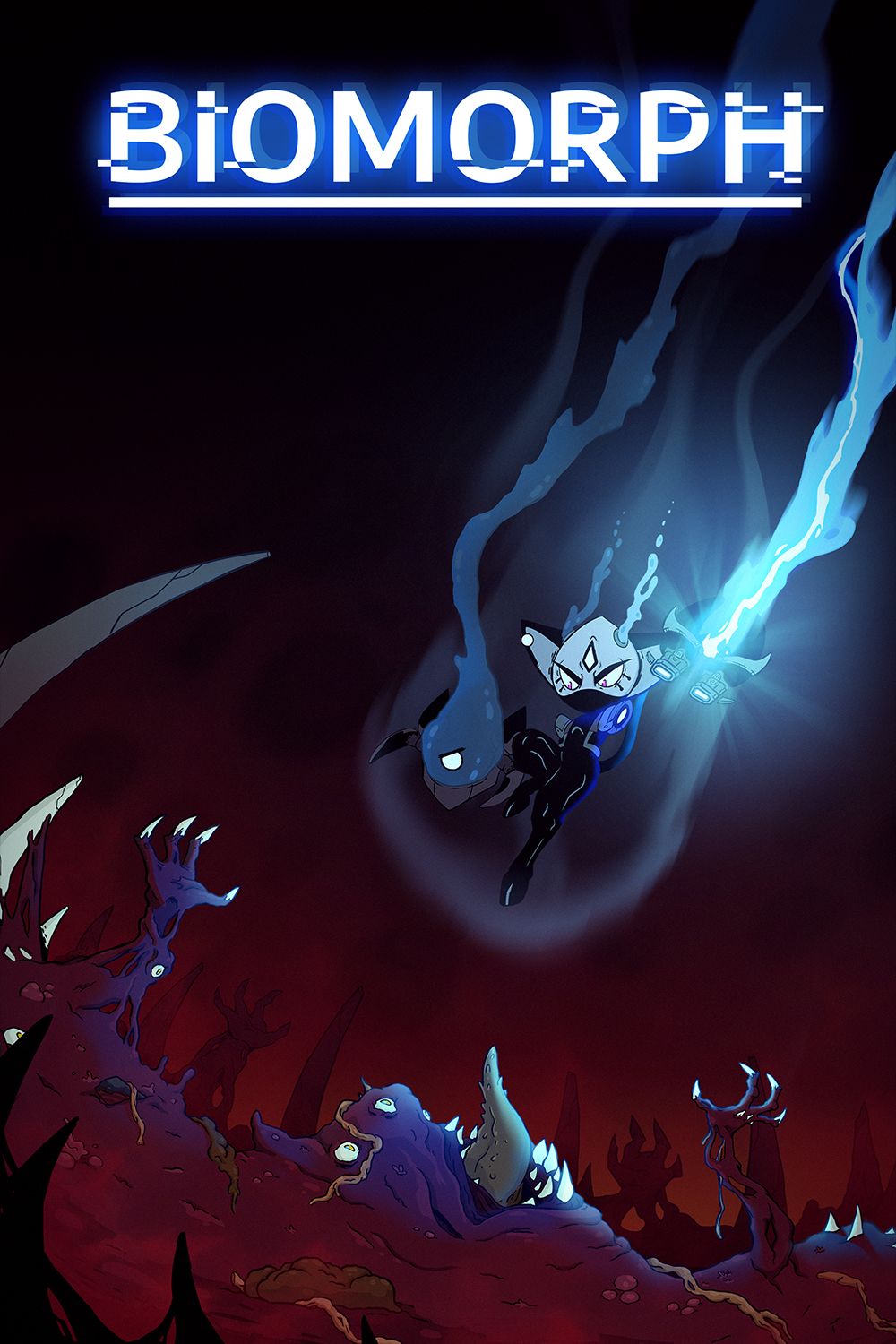
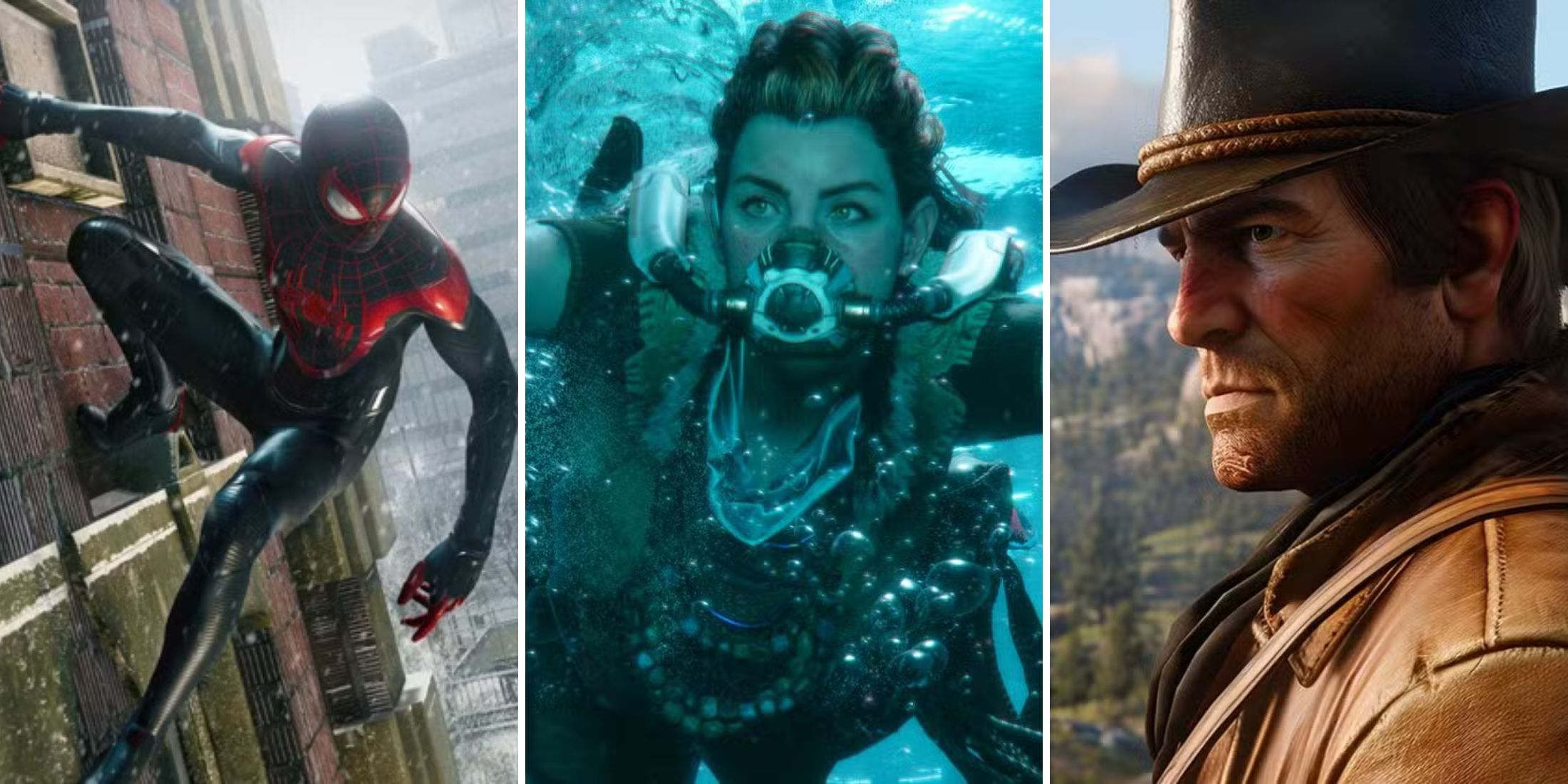
/cdn.vox-cdn.com/uploads/chorus_asset/file/25345078/STK468_APPLE_ANTITRUST_CVIRGINIA_J.jpg)
